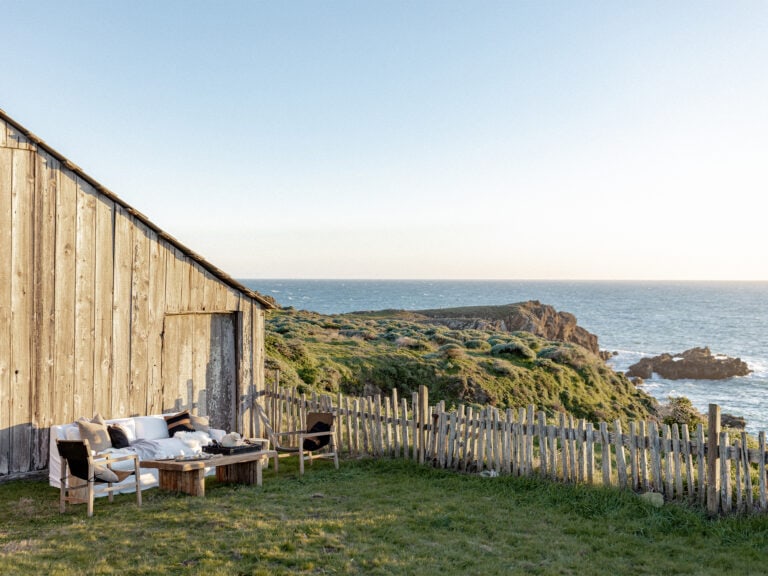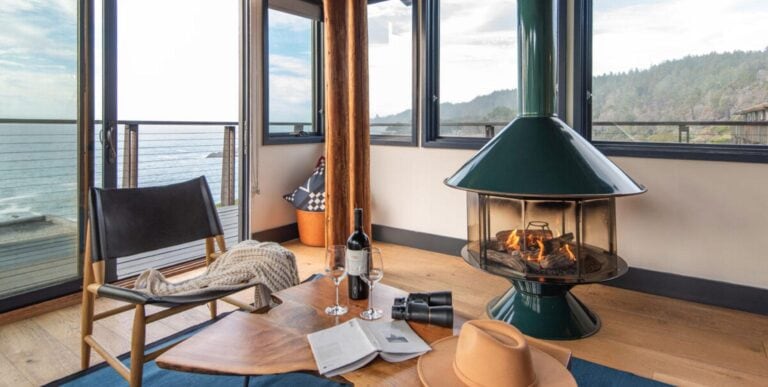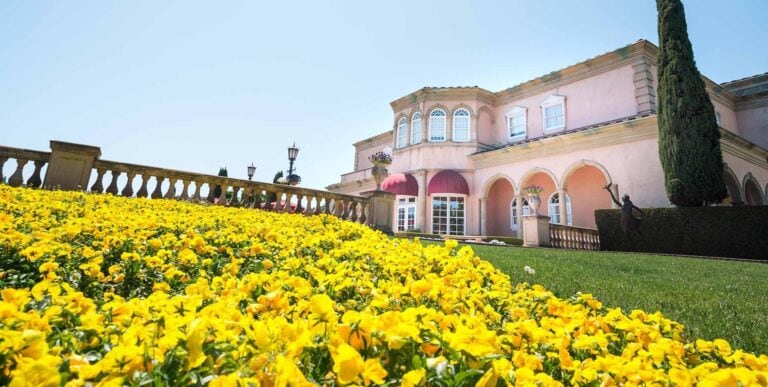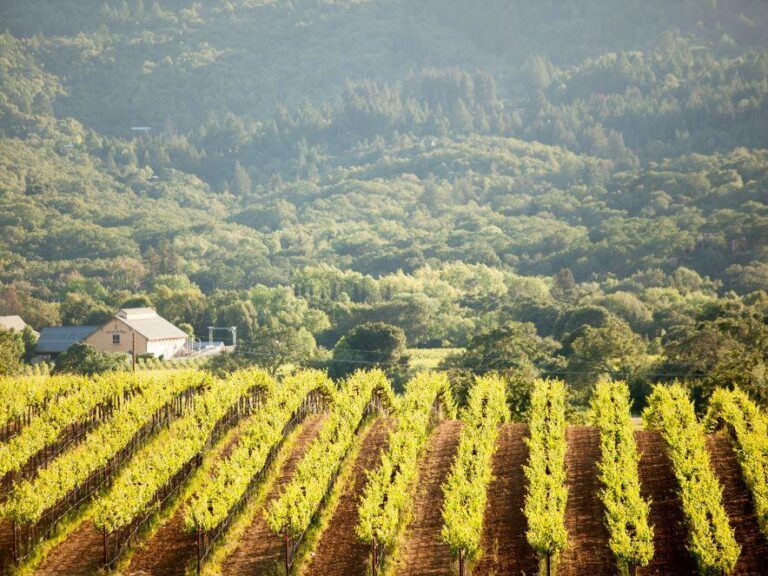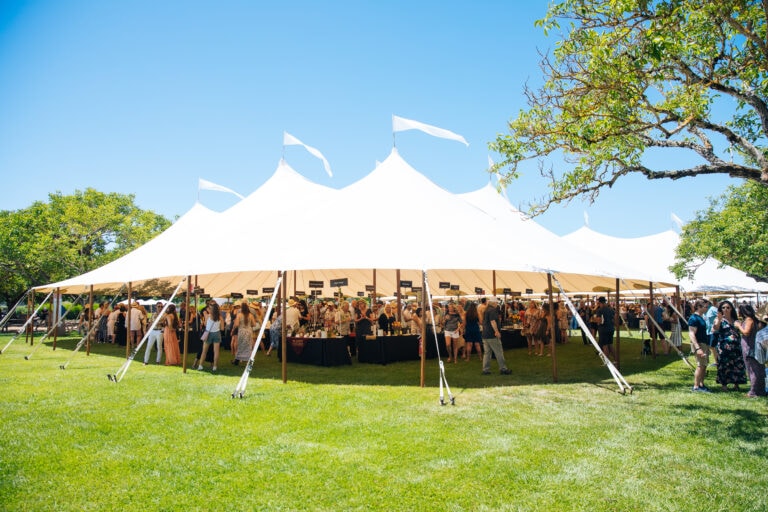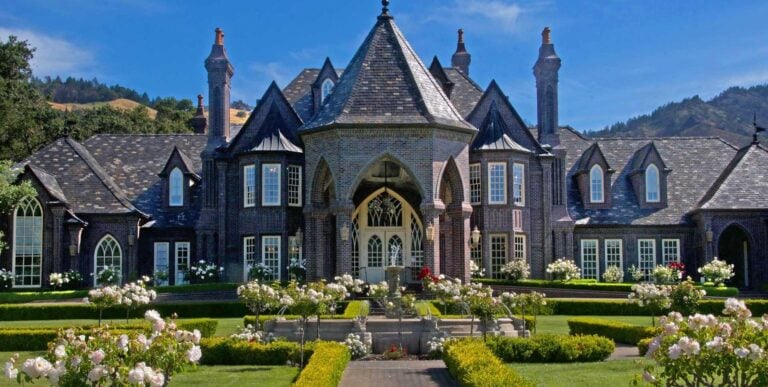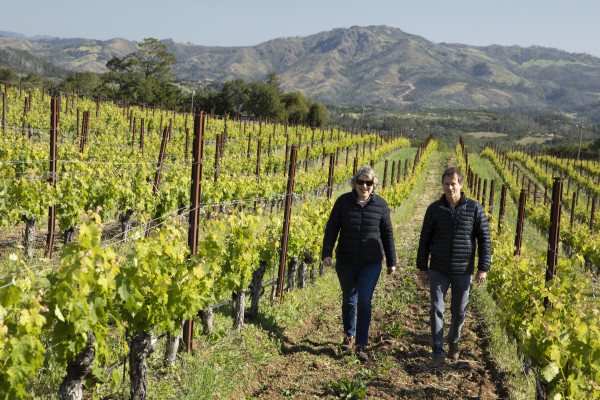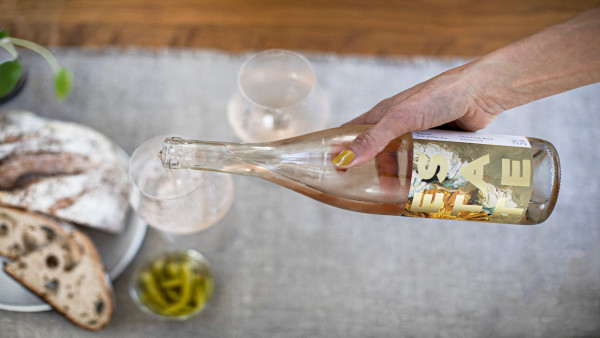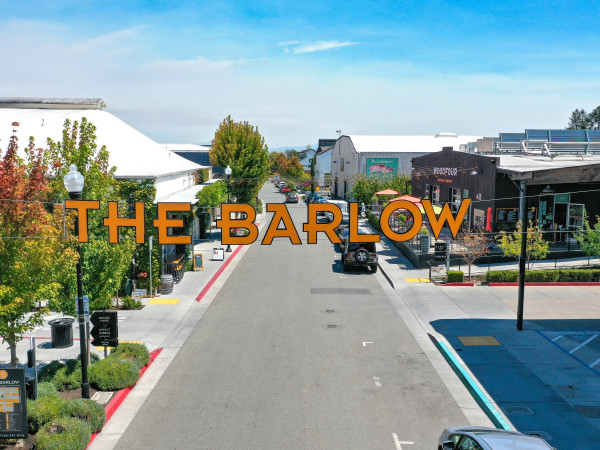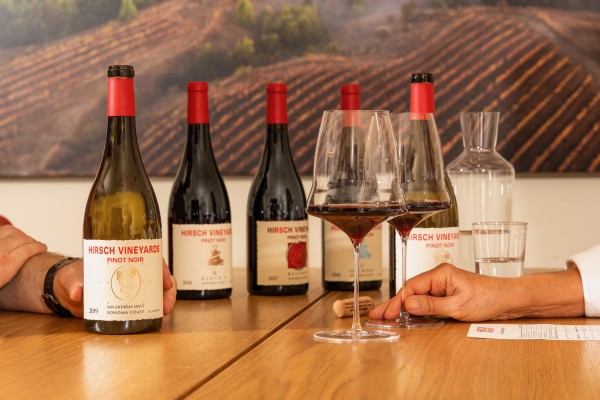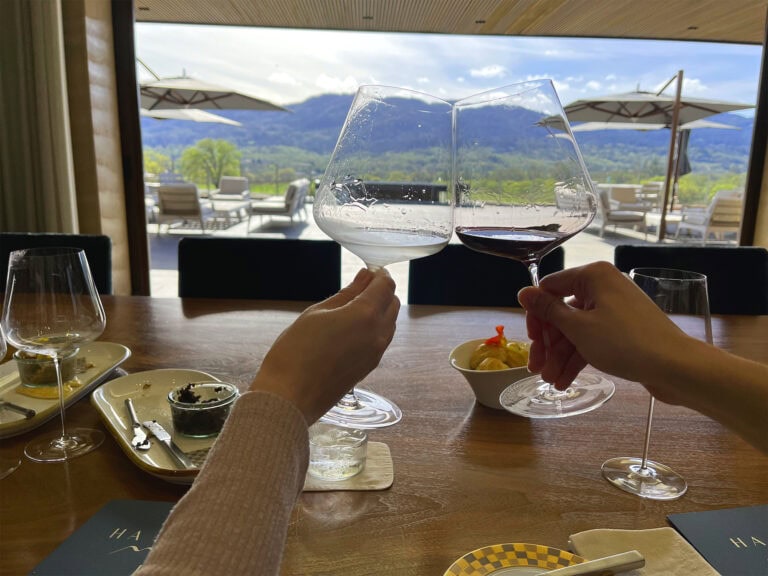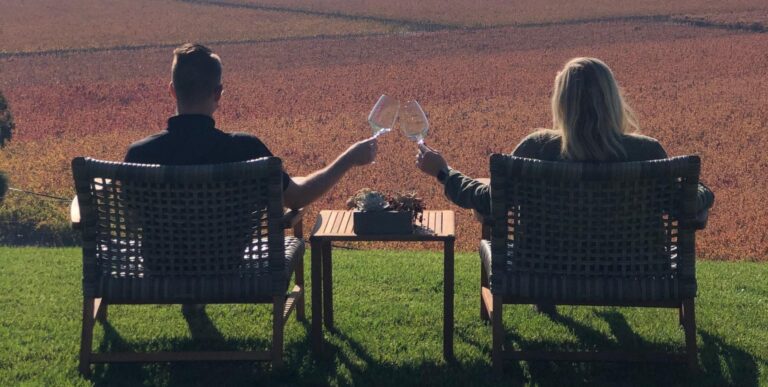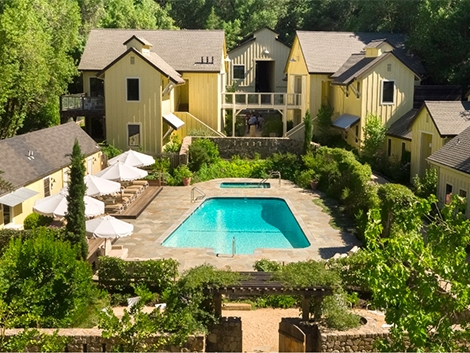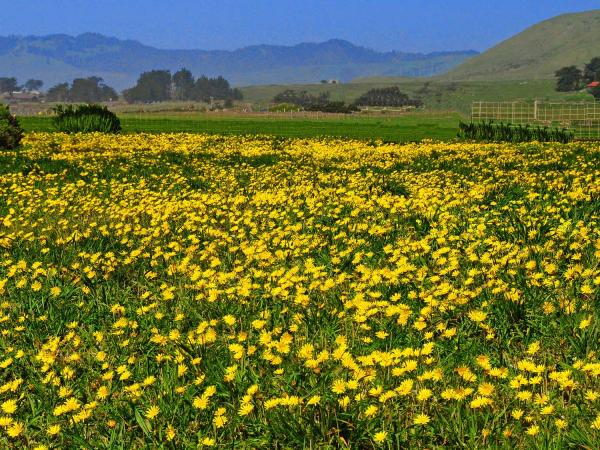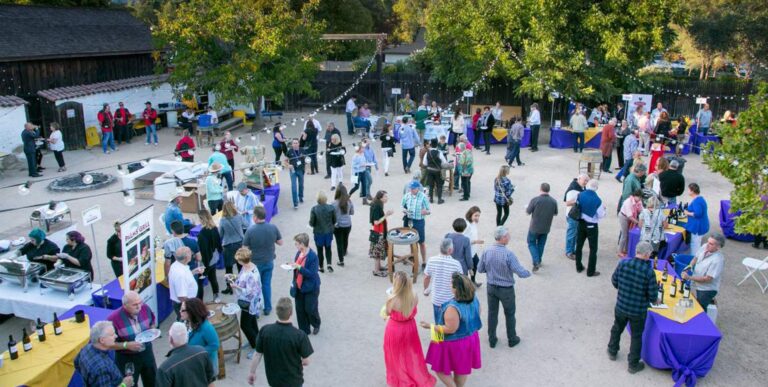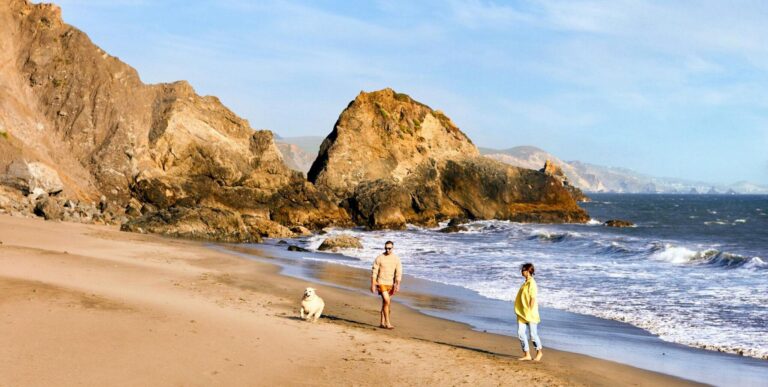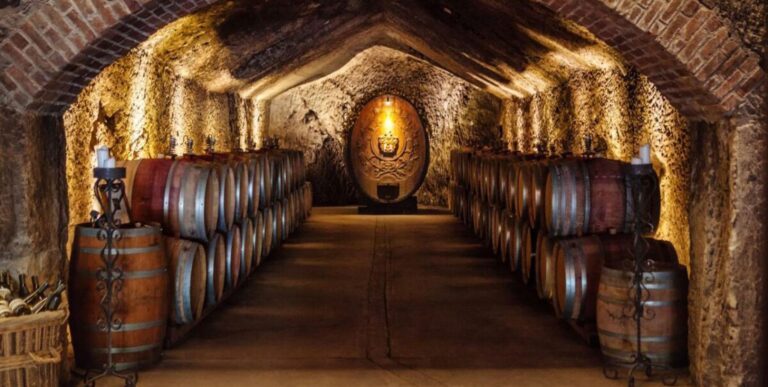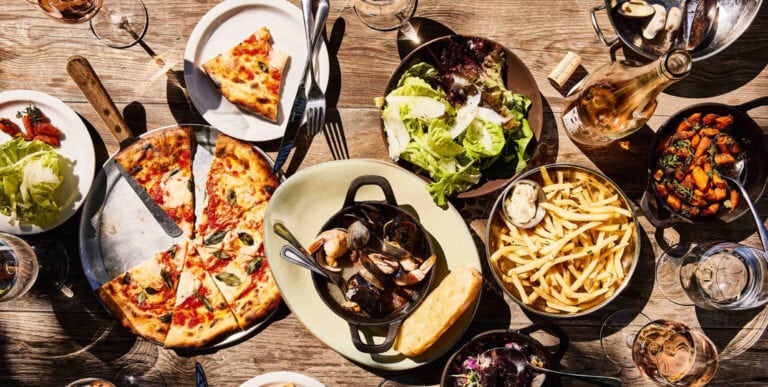Sibling Rivalry: What Does Sonoma County Have that Napa County Doesn’t?
If you’re planning a trip to California Wine Country, then you’ve likely wondered, which is better: Sonoma or Napa? It’s a question that traces back well over a century, to the early development of United States wine appellations.Inevitably, it’s also one that leads to overdrawn, often inaccurate stereotypes about each destination.
We’re here to dispel a few myths and ask a more helpful question: What makes Sonoma County distinctive from Napa County? Below, we’ve outlined ways you can expect your trip to Sonoma County to contrast with any time you might spend across the county line.
First, a point of clarity: “Sonoma” is not only the name of a county, but it’s the name of a town. As well, “Sonoma Valley” is a wine appellation. “Napa” is also the name of both a county and a town, while “Napa Valley” is an appellation. These place names sometimes get tossed around interchangeably, causing heaps of confusion. Don’t worry, you’ll get the hang of it! (For further clarification, read Sonoma, Sonoma, Sonoma.)
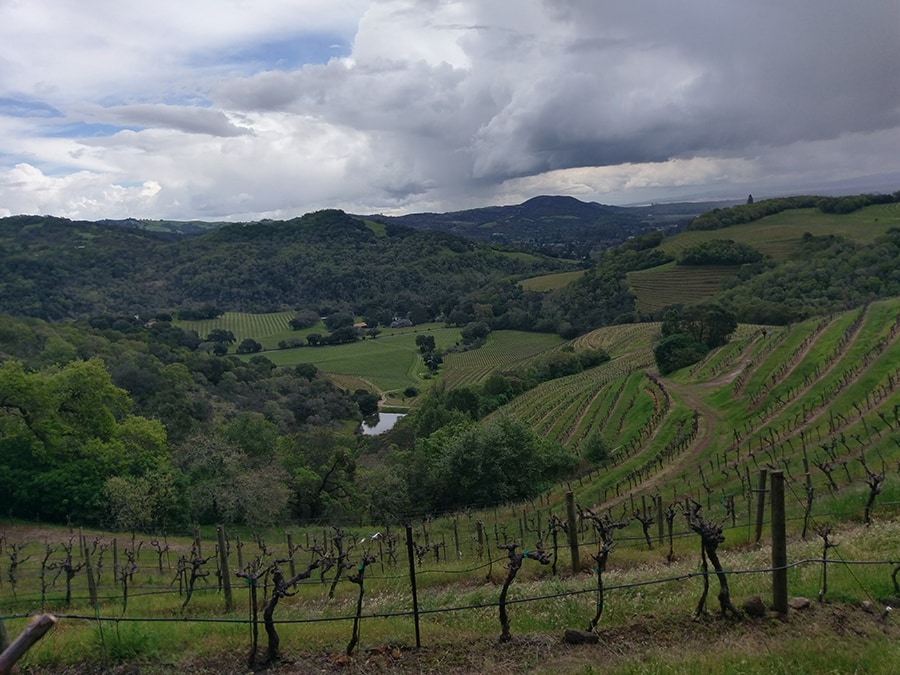
Size and Variety
Sonoma County is a larger geographic region than Napa County, offering more wineries and vineyards across a greater number of appellations. In Sonoma County, you’ll also find a greater diversity of grapes grown and vinified. Most folks appreciate a little variety – and Sonoma County offers plenty.
Sonoma County is roughly twice the size of Napa County, spanning 1,768 square miles, according to the U.S. Census Bureau. In that area, you’ll find more than 60,000 acres of grapevines and 450 wineries. These winegrowing regions have been classified into 19 appellations, detailed here. You’ve likely heard of popular regions like Russian River Valley and Carneros, but are you familiar with lesser-known areas such as Rockpile or Moon Mountain? A wide range of microclimates invites you to explore.
In contrast, Napa County, situated to the east, covers a mere 789 square miles, including 43,000 acres of vineyards and approximately 400 wineries. These run across 16 appellations and sub-appellations.
While in Napa County, farmers cultivate more than three dozen types of grapes, that number is more like 60 here in Sonoma County. That agricultural diversity is not only due to geographical size, but microclimates. The land is unusually varied, including everything from open sunny hillsides to ambient redwood forests and everything in between. Sonoma County wines reflect the diversity therein.
Because of this, in Sonoma County, you’ll find the usual California suspects like Chardonnay, Zinfandel and Sauvignon Blanc, along with outliers like Pinotage, Aglianico, Roussanne, and Alicante Bouchet. You’ll even find the wine you might typically associate with Napa County, Cabernet Sauvignon.
Here are five wines that beautifully represent Sonoma County’s vast and varied terroir. Yes, it’s an eclectic selection – that’s the point!
- Laurel Glen Cabernet Sauvignon, Sonoma Mountain
- Blue Farm Pinot Noir, King Ridge Vineyard
- Ashanta Wines “Embryo” Syrah, Sonoma Valley
- Ryme Cellars Vermentino
- Smith Story Wine Cellars “Brave” Carbonic Zinfandel, Russian River Valley
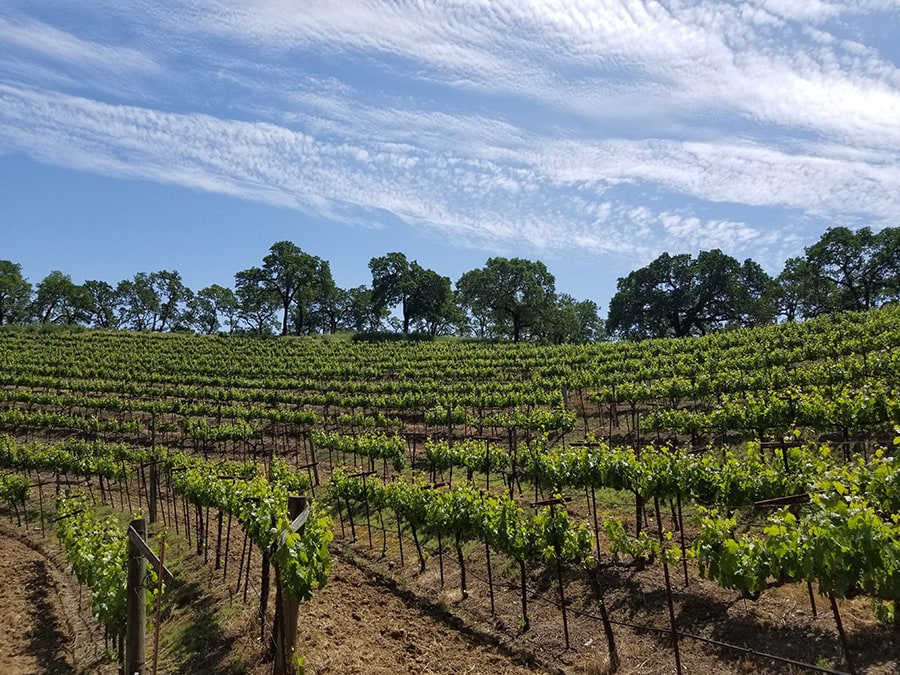
Cooler Climates, Thanks to Miles of Shoreline
We’ve got to hand it to our friends in Napa County: They’re hot … in more ways than one! The region has won well-deserved praise for decades, since its admirable victory in the esteemed “The Judgement of Paris” competition, which put California on the global wine map when Napa wines rated best in each category. (Fun fact, the winning Chardonnay was made from Sonoma County grapes!)
Napa is also six to eight degrees warmer than Sonoma County, depending on the month. While this could be a perk for some, it might be a detriment for others. In any case, it deserves consideration as you weigh the type of travel experience you desire.
To be clear, Sonoma County weather isn’t always cool – the place has its share of hot summer days. Yet the gentle cooling effects from nearby waterways cannot be underestimated. These effects can be felt all the way from the southeastern corner of the Carneros appellation, up to the northwestern edge of the Fort Ross-Seaview appellation, where the jagged shore meets the mighty Pacific Ocean.
Yes, indeed, Sonoma County can claim more than 55 miles of beaches, which is something Napa County just doesn’t have!
Our coastal climate makes it possible for redwood trees to thrive, lupine to bloom, and creeks to flow freely. From the shore, you might see whales migrating, porpoises rolling in the water, or harbor seals basking in the sun.
Cool climates also make a difference in the wines that you encounter. Here’s more about how the fog and sea affect what winds up in your glass. While Pinot Noir and Chardonnay are the darlings of the Sonoma Coast AVA, a range of other varieties grow here, including Syrah and Cabernet Sauvignon.
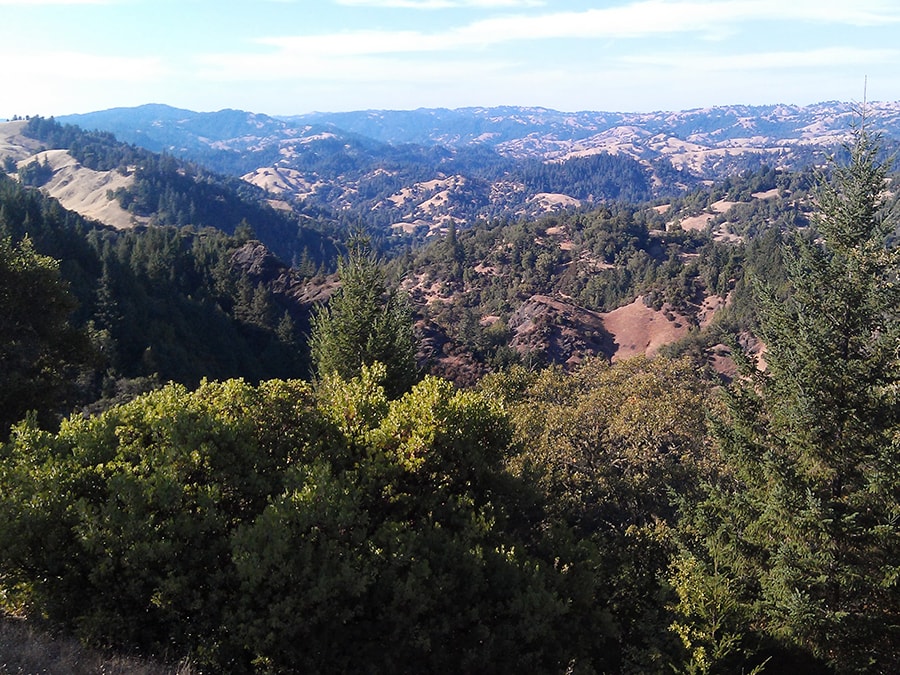
Here’s a taste of Sonoma County’s cool-climate wines:
Ernest Vineyards: Family-owned and operated, Ernest Vineyards offers Burgundian-style wines from its 35-acre vineyard, farmed using organic and regenerative methods. Book a tasting at either the elegant lounge in Healdsburg or the industrial production facility in Windsor, where you can see the winemaking in action.
LaRue Wines: When Katy Wilson established LaRue Wines in 2009, she set a high bar by bringing a fine attention to detail to fruit from elite vineyards. With a focus on Pinot Noir and Chardonnay, Wilson now welcomes visitors into a tasting room located in the Carneros appellation.
Pax Wines: For two decades, Pax Mahle has built a reputation as a producer of fresh, low-alcohol wines including Chenin Blanc, Gamay, Mission, Carignan and (the flagship) Syrah. Visit the Pax tasting room located in The Barlow in Sebastopol.
Hirsch Vineyards: For 40 years, the Hirsch family has been farming quality Pinot Noir and Chardonnay on the far reaches of the Sonoma Coast. Sample coveted wines at a seated private appointment at the tasting room in Healdsburg.
Peay Vineyards: Perched atop a ridge on 54 acres just four miles from the Pacific Ocean, Peay Vineyards is a family endeavor offering Pinot Noir, Syrah, Chardonnay, Viognier, Roussanne, and Marsanne. To book a tasting, visit the winery website.
See What’s Happening
Share your experience using #SonomaCounty or #LifeOpensUp
